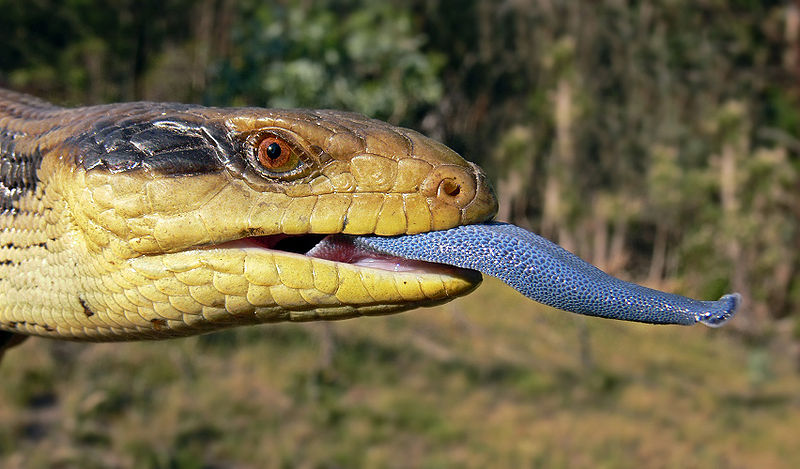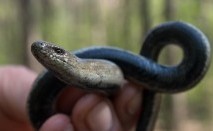
Category: Reptiles

These hefty Australian natives are named for their large blue tongues that are used as a bluff to scare off attackers. Blue-tongued skinks are diurnal, omnivorous feeders and will happily consume a wide variety of food items that include proteins such as insects and gastropods, and vegetation including flowers, fruits, and greens. They are relatively slow moving and easily handled, making them popular as house-pets.
https://en.wikipedia.org/wiki/Blue-tongued_skink
http://www.reptilesmagazine.com/Care-Sheets/Lizards/Blue-Tongue-Skink/

The not-a-snake
The slow worm has a long body, lacks limbs, and is covered in lustrous scales - so is it a snake? No, it is a lizard! Because unlike snakes, the slow worm has eyelids, visible ears, and like many lizards, its tail can break off in the mouth of a predator, allowing them to escape for another day. The slow worm belongs to the Anguidae family, and similarly (but independently) lost their limbs to better adapt to their environments. These “not-snakes” can be found in gardens throughout Europe and the UK, helping to control the population of slugs and other pests, though you probably won’t see any if you have a cat: a slow worm will likely prove a favorite food of your cat!
Learn more >>
 Discover Animals is a web-based educational resource offered by the NAIA
Discover Animals is a web-based educational resource offered by the NAIA